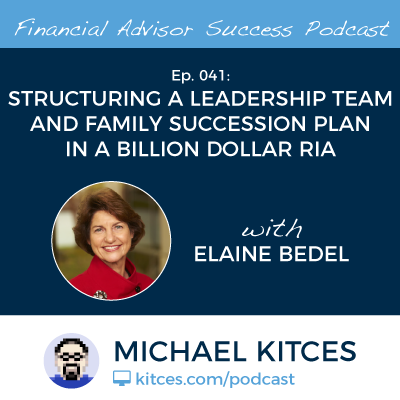After years of tepid increases in the average compensation of financial advisors, the latest bi-annual industry benchmarking studies from both Investment News and FA Insight reveal that the industry’s long-forecasted talent shortage appears to be taking hold.
According to the latest data, the average Paraplanner with 4 years of experience is earning total compensation of $65,000/year (with a nearly $60,000 salary base and 10% bonus potential), an experienced financial planner responsible for client relationships is earning $94,000/year with 8 years of experience, and Lead advisors who are skilled at developing new business are earning an average of $165,000/year, with the top quartile earning more than $250,000/year, and the top practicing partners earning nearly $500,000/year in a combination of salary, bonus incentives, and partnership profit distributions!
Of course, even within those numbers, there can be substantial regional variability. But still, financial advisor compensation across the board was up nearly 6.5%/year for the past two years – from paraplanners to lead advisors – with base salaries for financial advisors growing even faster, especially amongst the largest independent advisory firms that are both winning the bulk of new clients, and the most likely to be working with affluent clients (which generate the most revenue, and therefore allow their advisors to earn above-average compensation). And the demand for talent is leading to a rise in advisory firms attempting to poach advisors from other firms, a growing focus of large firms to build talent pipelines with colleges and universities, increasing use of third-party recruiting firms to hire even young financial planning talent, and a rise in the average time to hire a financial advisor to a whopping 4-6 months.
The trends may not be entirely surprising given that the overall financial advisory industry continues to see the total headcount of financial advisors decline a mere 1% to 2% per year. Yet with the number of CFP certificants actually up by nearly 50% in the past decade, perhaps the real challenge may not merely be a shortage of financial planning talent, per se, but the industry finally discovering that as investment management is increasingly commoditized and firms seek to add value through financial planning and wealth management as the “anti-commoditizer”, that the number of true financial planners was never enough to meet consumer demand in the first place?

 Welcome back to the forty-first episode of the Financial Advisor Success podcast!
Welcome back to the forty-first episode of the Financial Advisor Success podcast! Welcome back to the fortieth episode of the Financial Advisor Success podcast!
Welcome back to the fortieth episode of the Financial Advisor Success podcast!
